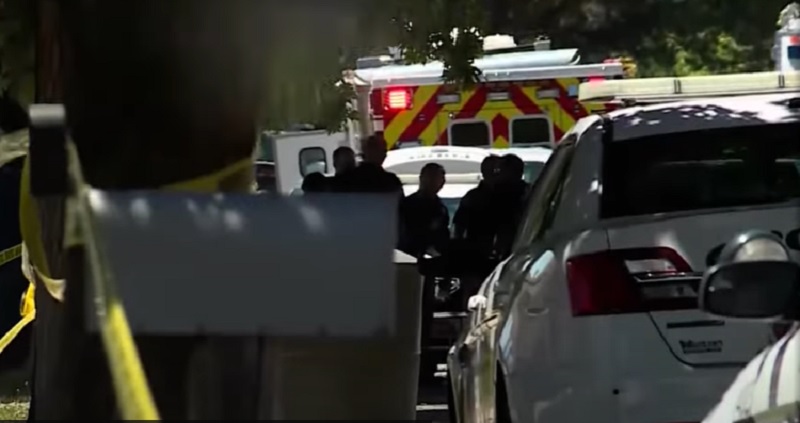
On July 21st of this year Eastland County, Texas, Sheriff’s Office Deputy Sheriff David Bosecker, a 21-year law enforcement veteran, was shot and killed while responding to a domestic violence call. As he arrived on the scene a male subject opened fire on him, fatally wounding him. Other responding officers took the subject into custody. The man was charged with capital murder.
Ask any experienced police officer if they would rather go to a bar fight or a family disturbance. They’ll take the bar fight every time. In the most recent homicide statistics from the FBI, there were over 2000 family-related murders in 2019, among the killings in which the suspect and their relationship to the victim was known. When other interpersonal relationships are counted, the percentage of persons murdered by those whom they know is over half of all homicides.
Family violence can include abuse and neglect, sexual assault, and violence for intimidation. The definition differs from state to state. Some define domestic violence (DV) only when the parties are in an intimate relationship, others include any family member. Some laws require an assault or credible threat, others include kicking the dog or smashing the computer. If children are present during an act of DV, the perpetrator could be charged with child abuse.
Many states have mandatory arrest laws that require a police officer to take custody of a suspected DV offender if there is probable cause. Other states favor arrest but do not require it, many still leave the decision to the responding officer’s individual discretion. Research initially indicated that arrested perpetrators had lower rates of repeat offending, but those assumptions have been challenged by subsequent research.
One of the challenges of mandatory arrest is that victims often don’t want their partner in jail, they just want to assault or abuse to stop. Calling 911 can ignite increased violence in a perpetrator, and having a wage earner in jail for a few days can cramp the budget, not to mention other legal costs. It is not unusual for DV victims to return to the perpetrator hoping that things will change.
The danger to officers on DV calls is well established. In 2022 there were at least 21 officers murdered in a DV-related call, along with thousands injured or assaulted. Rather than being hailed as a rescuer officers are often assaulted by a victim or other family member of the perpetrator.
A court may, on request or automatically after an arrest, issue a restraining order (RO) for the safety of the victim. In some jurisdictions, the orders are always mutual meaning they apply to the victim as well as the perpetrator, while some order only the perpetrator to stay away from the victim. The orders are usually temporary (TRO) for a period of time until a hearing can be held during which each party can make a case for keeping or dropping the RO. In some states, a restrained person can be barred from their own home, restricted from their banking assets, and denied child custody.
ROs can be just a piece of paper to a restrained person with no concern for the consequences of violating, especially if they expect to go to prison anyway, expect to die, or think they will not be caught. A US Department of Justice (DOJ) victims of DV reported that the act of applying for a civil protection order was associated with helping participants to improve their sense of well-being. In the initial interviews, 72 percent of participants reported that their lives had improved. During follow-up interviews, the proportion reporting life improvement increased to 85 percent, more than 90 percent reported feeling better about themselves, and 80 percent felt safer.
Perpetrators of DV may come from any social strata from the wealthy and influential to the poor, but, according to the DOJ, 65 percent had an arrest history. Researchers noted that many of these men appeared to be career criminals, with more than half having four or more arrests. Charges included violent crimes, drug- and alcohol-related crimes, and property, traffic, and miscellaneous offenses. Of the 129 abusers with any history of violent crime, 43 percent had 3 or more prior arrests for violent crimes other than domestic violence. The implication for police officers’ safety on DV calls is that there is a significant possibility that they will be dealing with a repeat offender who has plenty of motive for not going to jail.
When dispatch radios a family disturbance in progress, officers know that this call could be the most challenging of the shift, or a career.